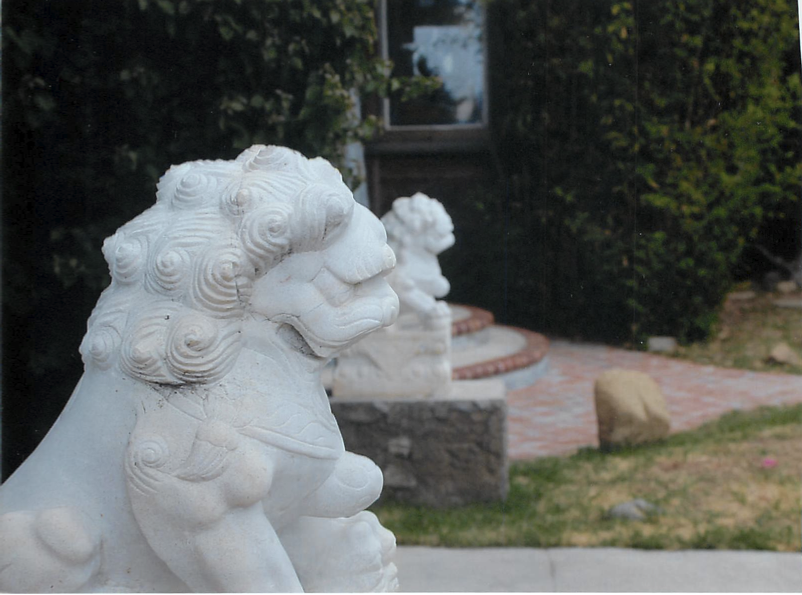|
The Incident and Inspiration for Lau Kune Do
"…It was the year 1974. Sifu and I were in college and we were roommates. We practiced Kung Fu quite frequently in our apartment… One evening Sifu came home from work… Looking unusually weary (he worked part-time in a Chevron gas station near downtown at the time). I noticed a small cut on his lower lip… I asked him what had happened… He told me that he had an altercation at the gas station… Two crazy characters stopped by and made a purchase of 50 cents worth of gas. After he finished pumping the gas he turned to them for the change… Suddenly, one character jumped out of the car and attacked him with a jab… Surprised, Sifu quickly leaned back, successfully avoiding the first jab, but the guy's second jab followed quickly enough to graze Sifu's lip causing a small cut… Sifu then parried off two of his subsequent punches, side stepped and quickly countered with a left 'cat strike', and immediately moved forward in an arrow step, hitting the man with a hard front elbow strike followed by a fast sweep, and finished with a quick and powerful back fist sending the guy to the ground… That night Sifu recounted the incident and was not happy even though he defeated the guy… He said that a guy from the street or 'street fighter' -- no matter how quick or good he is -- should not be able to touch a well-trained Kung Fu artist. He decided that the art needed change, to be much more simple, quicker, more effective and especially more responsive to a sudden attack. At the time I could see from his eyes, that unfortunate incident planted a seed in his mind… The concept of Lau Kune Do was germinating… Frankly, I think Sifu is way ahead of his time… If you stopped practicing what you are learning today in Lau Kune Do and pick it up 25 years later, the techniques and concepts, respectively, would still make sense…"
Robert Cavenah
LKD Blue Sash
San Pedro, California
How the art's name, Lau Kune Do, was coined.
"In the year 2002, Sifu's father passed away in China. Shortly after he returned from Asia, he and his wife Jane, an Australian beauty, came to visit me and my friend, Eva, in North Andover, Massachusetts. I asked him if he would consider coming back to Massachusetts to restart the old school. I told him that I missed him and that part of my life. Back in the mid 1970s Sifu and I hung out, practiced and discussed Kung Fu almost every day. One evening, in my house at Turnpike 114, Sifu, Bob Cavenah and I were discussing whether we should train with 'forms' or 'no form'. Sifu responded that a skillful martial artist should be able to adapt to any situation regardless of how his opponent moves, like how water flows into different containers and becomes the shape of the container. Then Bob asked what 'flow' is in Chinese. Sifu said it would either be 'Liu' or 'Lau', depending on a Northern or Southern accent, like the difference between 'Kung Fu' or 'Gung Fu'. I said that, since the roots of the art are primarily from Wing Chun, which originated in the southern part of China, we should call our style 'Lau Kune Do'. Thus, the name 'Lau Kune Do' was formed and, when translated, means 'the way of the flowing fist'."
Daniel Connelly
1st Blue Sash
Massachusetts
|


